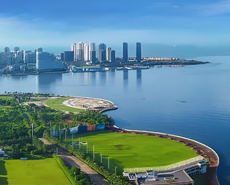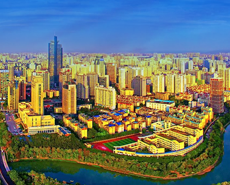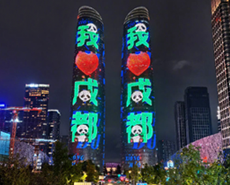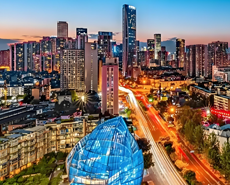
Optimizing product portfolio to thrive in the steel export adversity
----Interview with He Yingliang
Deputy Director
CUMIC
Deputy Director
CUMIC
CUMIC is a professional, independent steel trading company active around the world, dealing with products such as flat steel, long steel, steel pipe and special steel. We work hard to respond quickly and flexibly to our customer’s needs. For more than 10 years, we’ve been passionate about achieving better purchasing results for our customers.
Asian Metal: Good afternoon, Mr. He. Thanks a lot for agreeing to the interview. Please could you briefly tell us about the scale and major products of your company.
He: It's my pleasure. Founded in 2006 in Hongkong, with the yearly trading volume of approximately 1.2 million tons, CUMIC mainly deals with hot rolled coil, cold rolled coil, steel plate, galvanized steel, coated, wire rod, rebar, steel pipe and section steel, etc.
Asian Metal: Which domestic mills do you mainly cooperate with? Where are your materials exported? How about customers?
He: We have built harmonious and steady relationship with major domestic producers such as Baosteel, Bengang Steel, Ansteel, Baotou Steel, HBIS and so on.
At the beginning of the creation in 2006, we endeavored to develop North American and Middle East markets, and we matched into markets of Central America, South America and South Africa in 2007. We began to develop markets of Europe and Southeast Asia in 2010.
Generally speaking, America and Asia account for one third of our export products each, and Europe and Africa account for the rest one third. Besides, most of our products are sold to end users directly, whose demand is relatively steady.


Asian Metal: Though facing heavy environmental protection pressures, currently most domestic HRC mills are producing regularly boosted by considerable profits, and the output did not see obvious reduction. However, the export volume shrank significantly as mills prefer to sell within Chinese domestic market rather than export for the higher profit of the former. Statistics from China Customs showed that China exported roughly 5.886 million tons of steel in July, down by 15.2% on a month-on-month basis and 15.4% on a year-on-year basis. How do you think the situation in Q4?
He: The total output from domestic producers remains high, but that for export has been reduced day by day. Actually, most mills forecasted increased export volumes in Q3 and Q4 at the beginning of the year, but the volume in Q3 was reduced sharply as prices in the domestic market increased unreasonably boosted by kinds of news about the production reduction during the heating season period in North China. It's inevitable that mills will increase the domestic sales and cut that for export when the price in the domestic market rises.
Personally, I do not think the situation in Q4 will change much on the basis of March. On the one hand, the supply for HRC will be reduced to some extent influenced by the heating season environmental protection policies, while on the other hand, unlike construction steel whose demand is much influenced by weather, the demand for flat steel is relatively steady. Therefore, prices for HRC and other flat steel products will surely go up when the supply is cut but the demand is steady, which means materials for export will be reduced further.

















